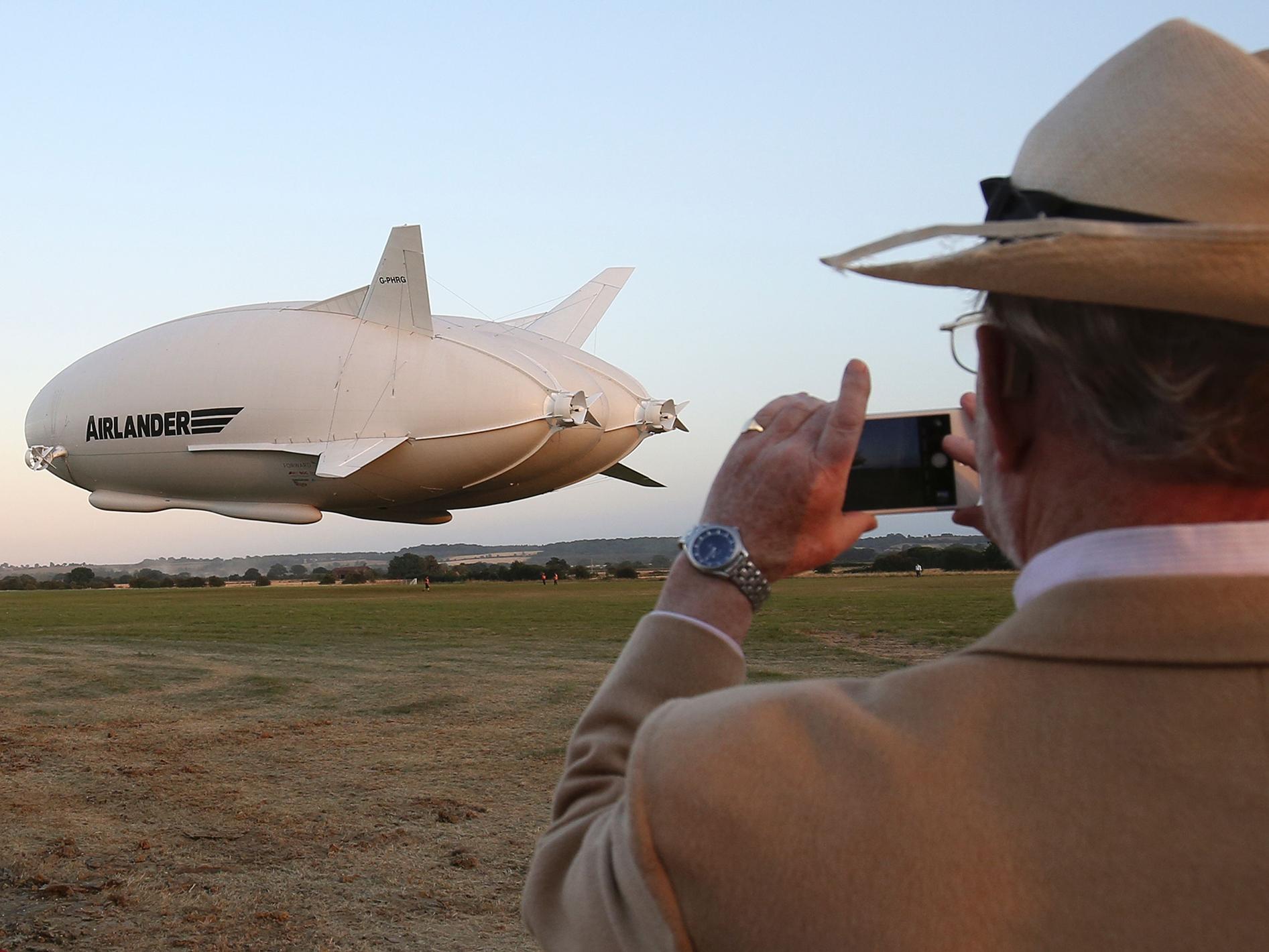Are airships on the rise again?
While images of the Hindenburg crash still torment the collective memory of the airship, Steven Cutts asks if Airlander 10 could change our minds and become the future

A concept that was once consigned to the engineering litter bin is about to be rediscovered. The airship is looking to make a comeback and there are several nations – including our own – trying to cash in. Although men have dreamt of flight since antiquity, it wasn’t until quite late in the 18th century that the first balloons carried a small number of people to high altitude. Most of them worked on hot air and this kind of flight is referred to as lighter-than-air transport.
A hundred years later, hot air balloons were a reasonably common sight but many experts felt that heavier-than-air transport was still a fantasy. Then, incredibly, a couple of bicycle repairmen in the US proved them all wrong, taking it in turns to fly their prototype vehicle off the beach in Kitty Hawk.
Overnight, the Wright Brothers changed everything, but besides heavier-than-air transport, they had also opened the minds of men to a machine that could move through the Earth’s atmosphere using propellers. Concerned about the range and cargo capacity of aircraft, many engineers started to experiment with airships. These were essentially torpedo-shaped balloons that were powered by onboard propellers. This kind of technology probably reached its zenith with the maiden flight of the gigantic luxury airship, the Hindenburg, that flew all the way from Europe to America where it managed to catch fire and explode.
Quite a lot of the Hindenburg was built out of animal skins and if we decided to revisit that technology now, we could use some much better materials with a much lower risk of failure. But the political and folk memory of the Hindenburg disaster isn’t going anywhere fast and both the public and legislators remain sceptical of a hydrogen-based airship.
Subscribe to Independent Premium to bookmark this article
Want to bookmark your favourite articles and stories to read or reference later? Start your Independent Premium subscription today.
Join our commenting forum
Join thought-provoking conversations, follow other Independent readers and see their replies